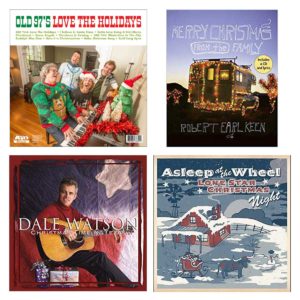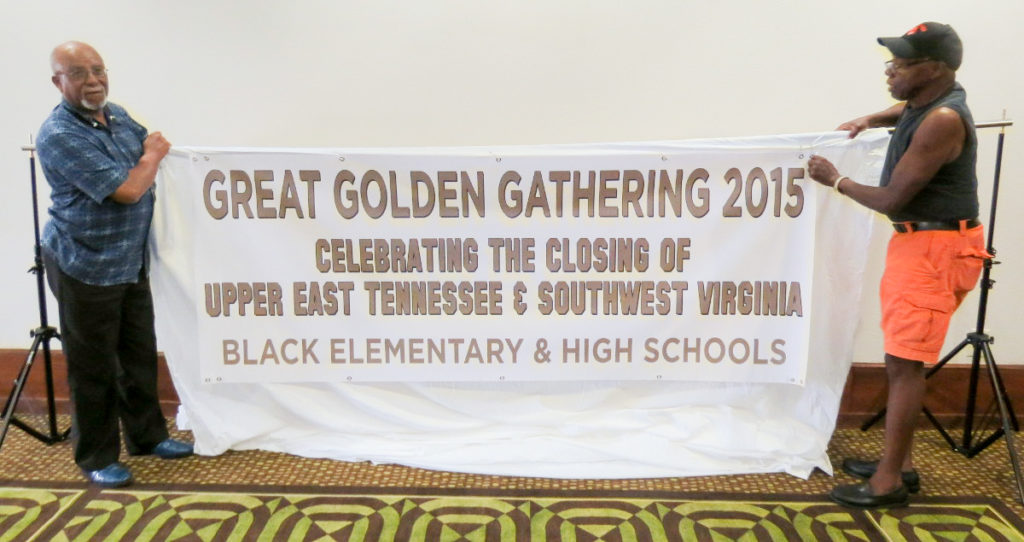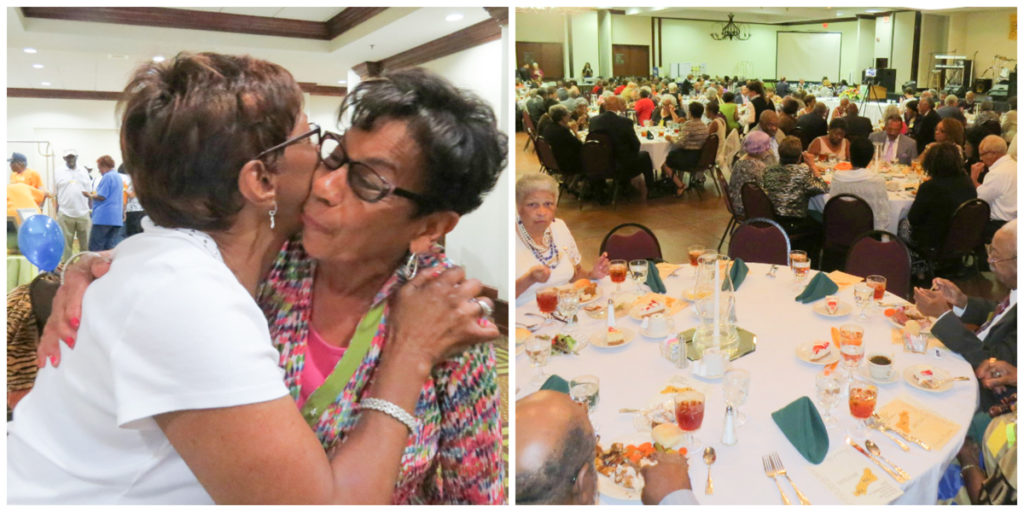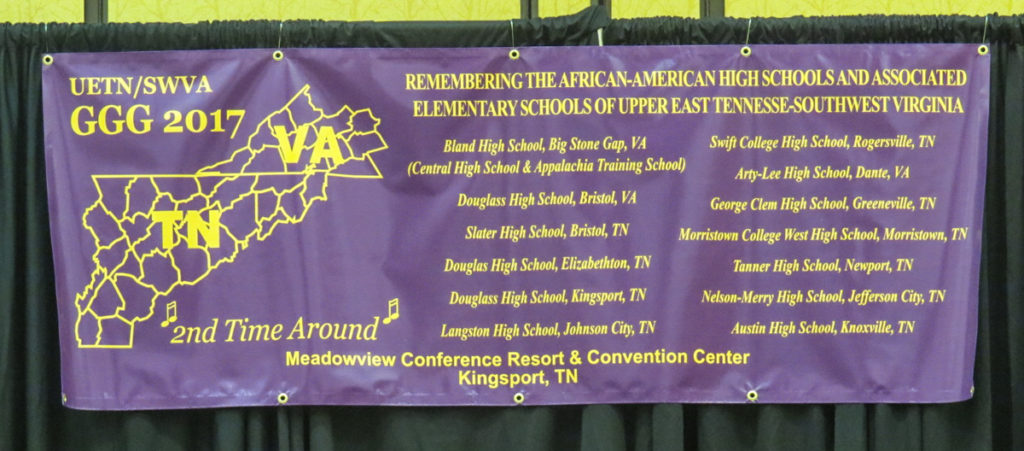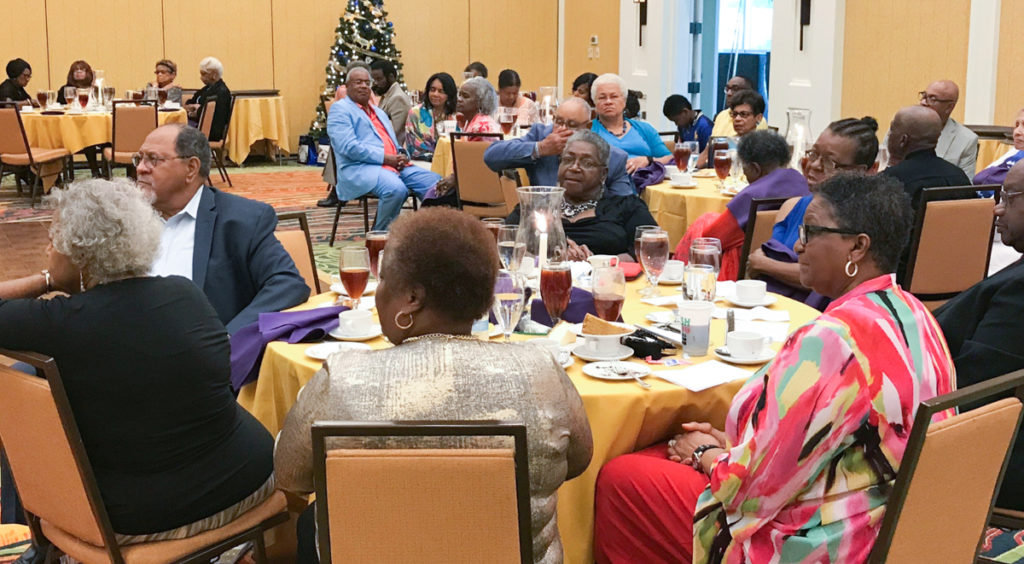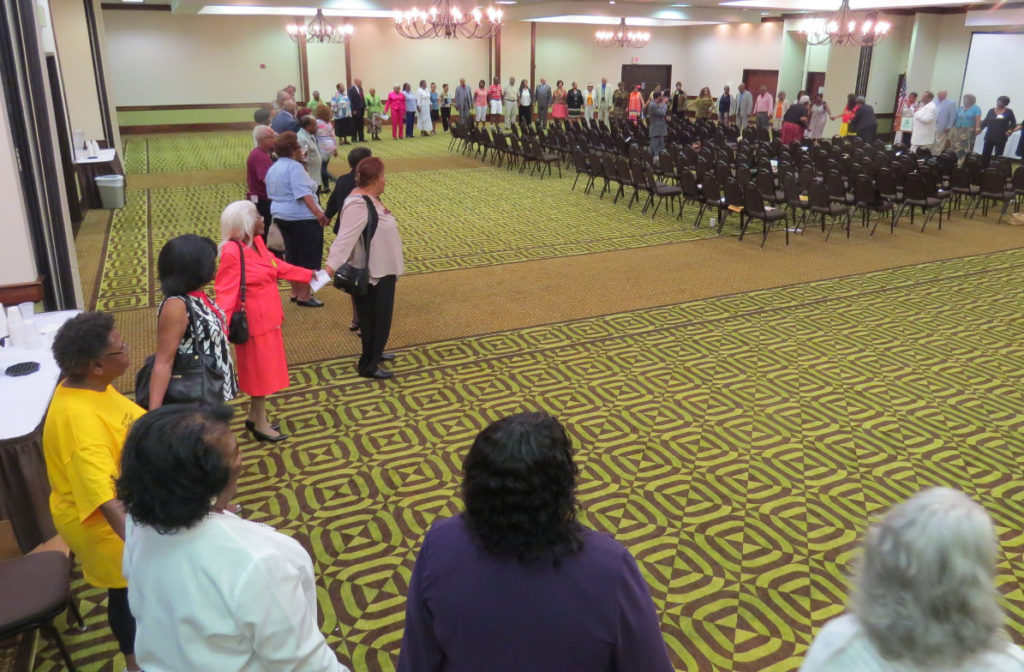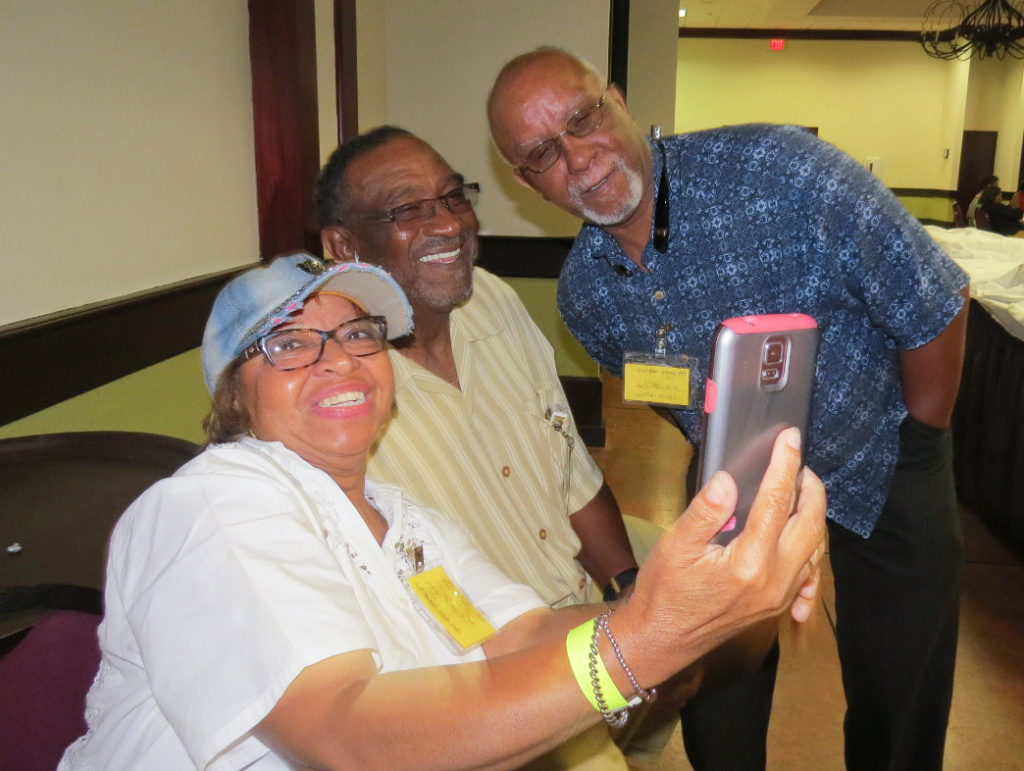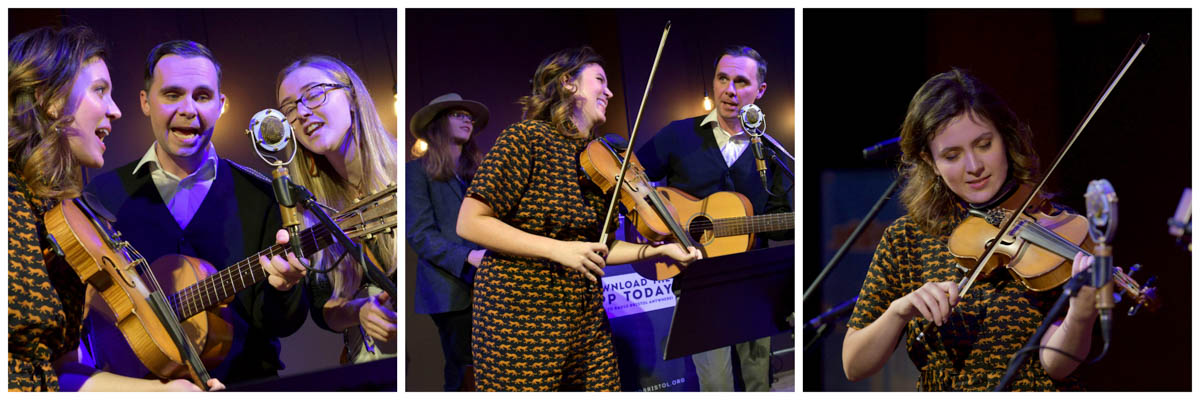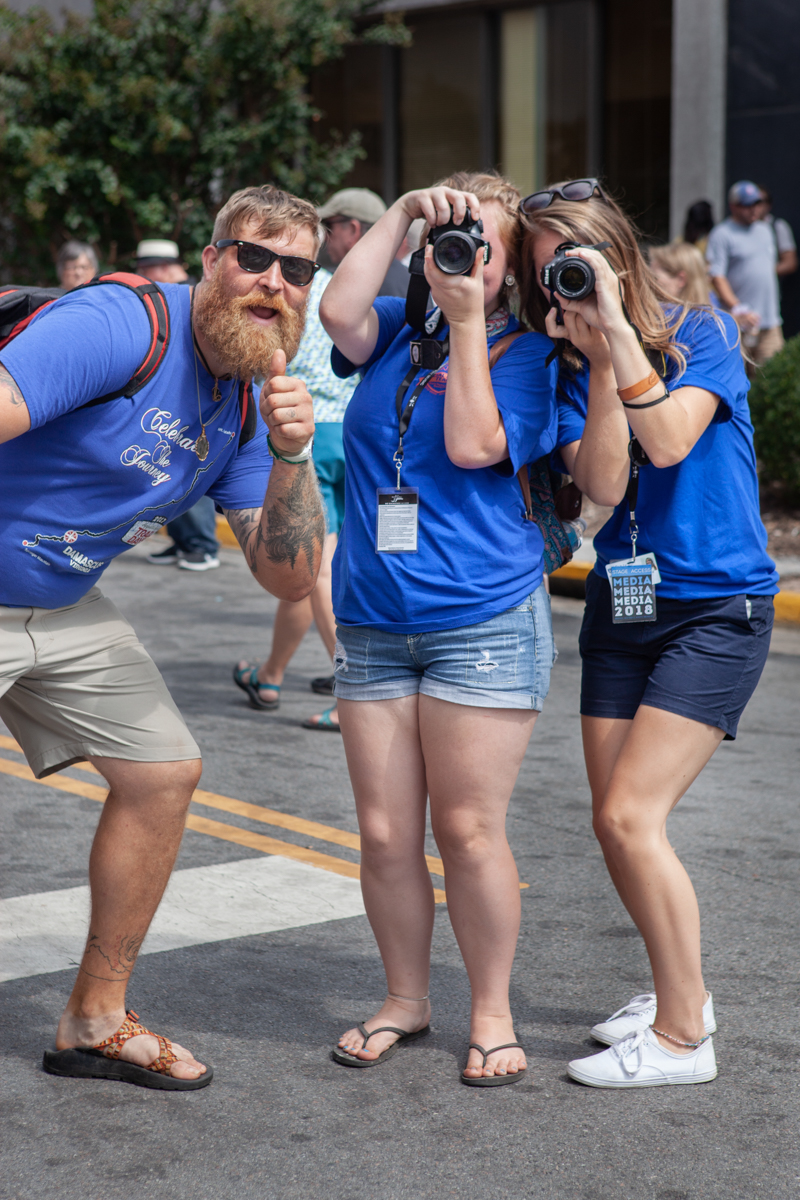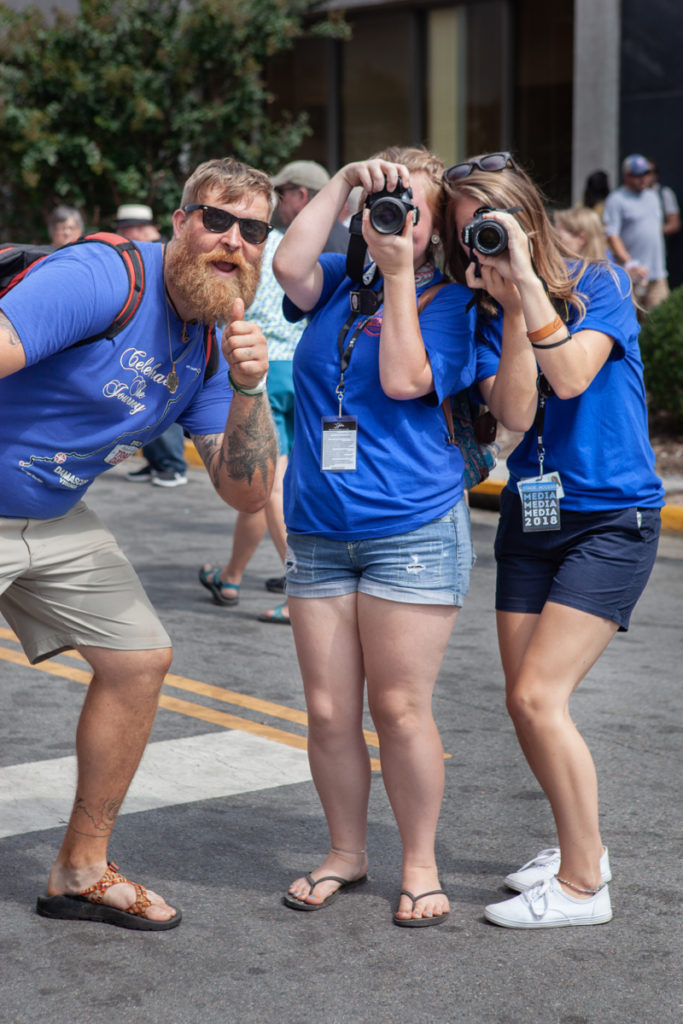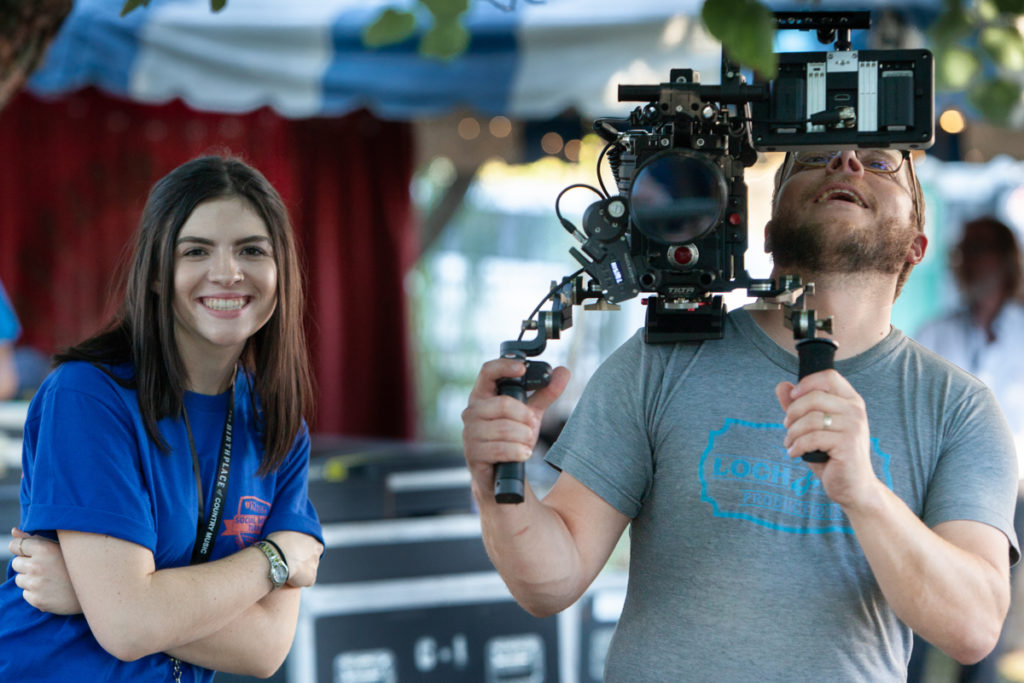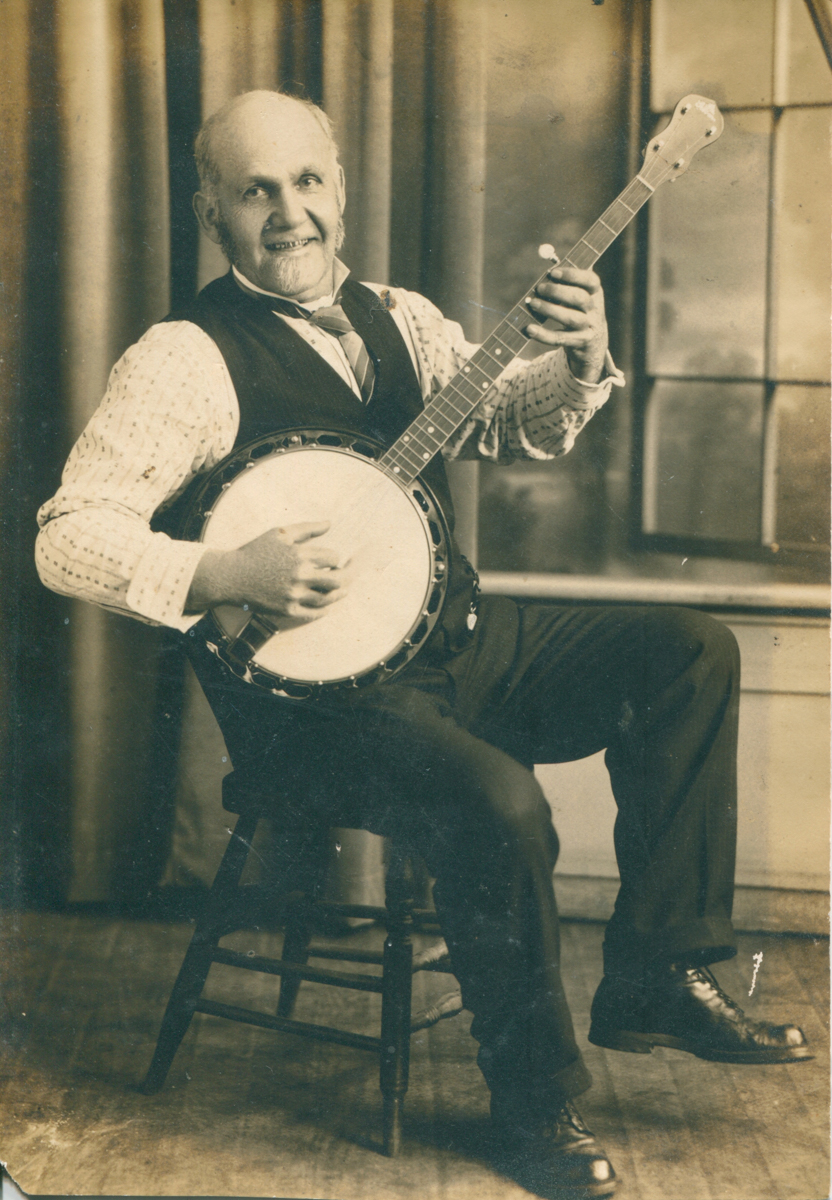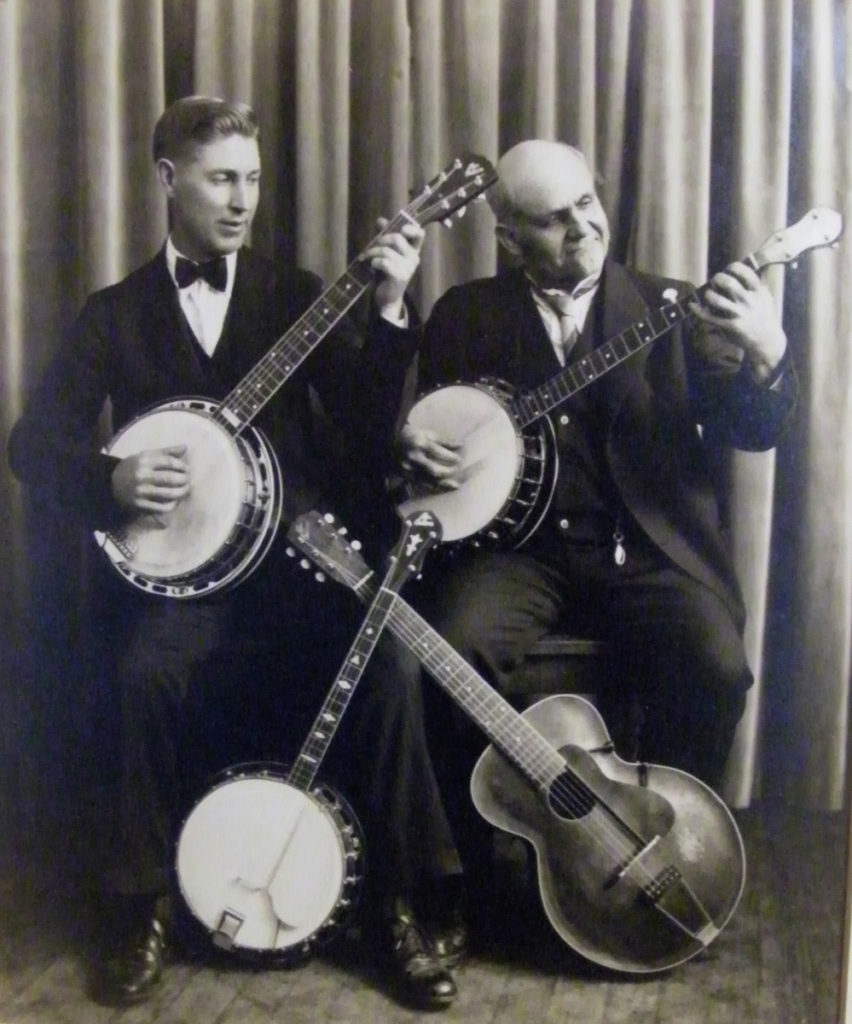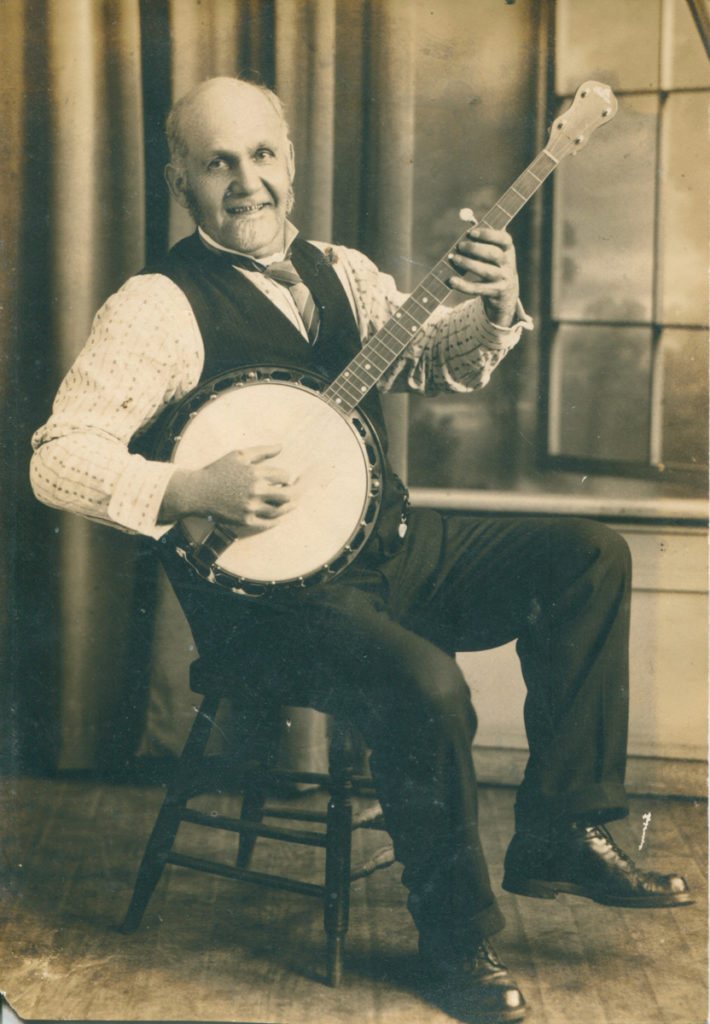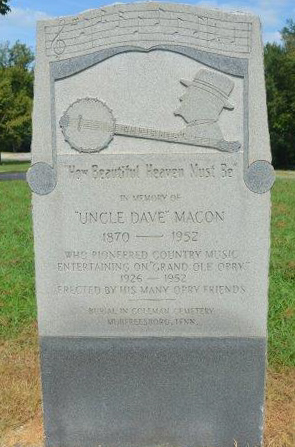Our Radio Bristol DJs are a diverse bunch – and they like a huge variety of musical genres and artists. In our “Off the Record” posts, we ask one of them to tell us all about a song, record or artist they love.
“West Virginia, oh my home
West Virginia, where I belong
In the dead of the night, in the still and the quiet
I slip away like a bird in flight
Back to those hills, the place that I call home.
Well I paid the price for the leavin’
And this life I have is not one I thought I’d find
Just let me live, love, let my cry, but when I go just let me die
Among the friends who’ll remember when I’m gone.”
“West Virginia My Home” by Hazel Dickens, courtesy of Cowboylyrics.com
I’m extremely proud of my Appalachian heritage and have made it my mission to promote the region in a positive light – there is just so much amazing music, culture, and history that has emerged from Appalachia! I’m also proud to call West Virginia my home state, and as a musician and scholar of traditional music, I’ve been greatly inspired by traditional folk singer-songwriter Hazel Dickens, a West Virginia native herself. Dickens became well known in the mid-1960s as a prominent female figure in Appalachian music, known for her high and lonesome mountain sound.
Today I’ll be highlighting some tunes from the album, Hazel Dickens and Alice Gerrard: Pioneering Women of Bluegrass, a Smithsonian Folkways collection. This album has been a true inspiration to me throughout the years, as the first time I heard it I was likely completing my undergraduate degree in Traditional Bluegrass Music from Glenville State College. Being in the college bluegrass band during this time was inspiring, and one of my favorite things to do was discovering “new” tunes from history.
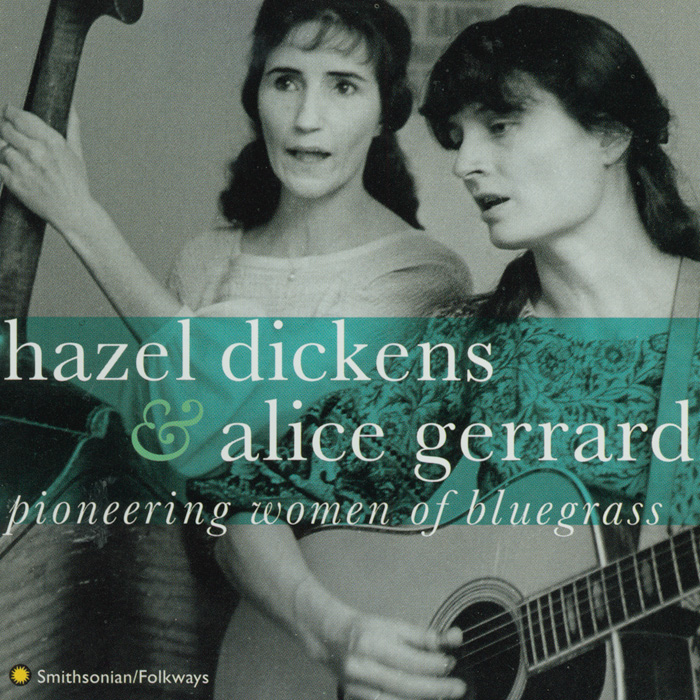
Hazel Dickens (June 1, 1925–April 22, 2011) was born in Montcalm, West Virginia, the 8th of 11 children. She grew up in a poor mining town, and her early exposure and experiences in poverty are a major theme in many of her songs. Influenced by early country musicians like The Carter Family and Uncle Dave Macon, Dickens merged elements from the country and bluegrass genres to tell stories of life as she knew it. At age 19, she moved to Baltimore to find work in a factory in order to escape the poverty-stricken hills of home. While in Baltimore, she and her siblings would often visit music festivals in the area. It was during this time in the 1960s that she befriended Alice Gerrard, a classically trained singer who had a love of old-time music. The two formed a duo, and with Hazel on the upright bass and Alice on the acoustic guitar, they toured and performed up until the late 1970s and were instrumental in the folk and bluegrass movement of the era.
Dickens and Gerrard became influential figures in traditional music during a time when women weren’t seen fronting a band. The folk music industry was dominated with male performers and instrumentalists, and in a magazine interview Dickens was quoted as saying “I’m not sure if they looked at us as a novelty, or if they took us seriously….” The duo produced four albums together, and their record Who’s That Knocking is one of the earliest recorded bluegrass albums created by women. With their powerful and soulful harmonies, and by recording a wide variety of songs addressing politics and Appalachian issues, the duo became and continue to act as powerful role models for women in music.
Here are just a few of my favorite songs from the Pioneering Women of Bluegrass collection, which features Dickens and Gerrard singing a variety of traditional songs highlighting poverty, love, and loss, amongst the popular themes, and with moving vocals, harmonies, and back-up instrumentation by Lamar Grier, Chubby Wise, David Grisman, and Billy Baker.
“T.B. Blues (They’re at Rest Together)”
This story song is a heart-wrenching one at best, telling the tale of love and loss and the heartbreak of being broken apart by illness, especially the relentlessness of tuberculosis.
“A Distant Land to Roam”
Dickens and Gerrard were inspired by The Carter Family and recorded several of their songs; “A Distant Land to Roam” was originally recorded by the Carters in 1929. The song tells the story of leaving home and eventually meeting one’s family again in heaven.
“I Just Got Wise”
One of my all-time favorites from this album, this witty and upbeat tune features a lady who is fed up with her cheatin’ lover. After being let down time and time again, she realizes he’s not going to change, and so she “got wise” and moved on.
Hazel Dickens are Alice Gerrard are true symbols of Appalachian musicians, and their music continues to act as a tool that gives the region and its people a voice, highlighting important issues surrounding poverty, mining, and everyday life. It’s always fun to bring these old and sometimes forgotten songs back to life – and to introduce them to new listeners. I hope you check out some of these songs and become inspired by their music today!



